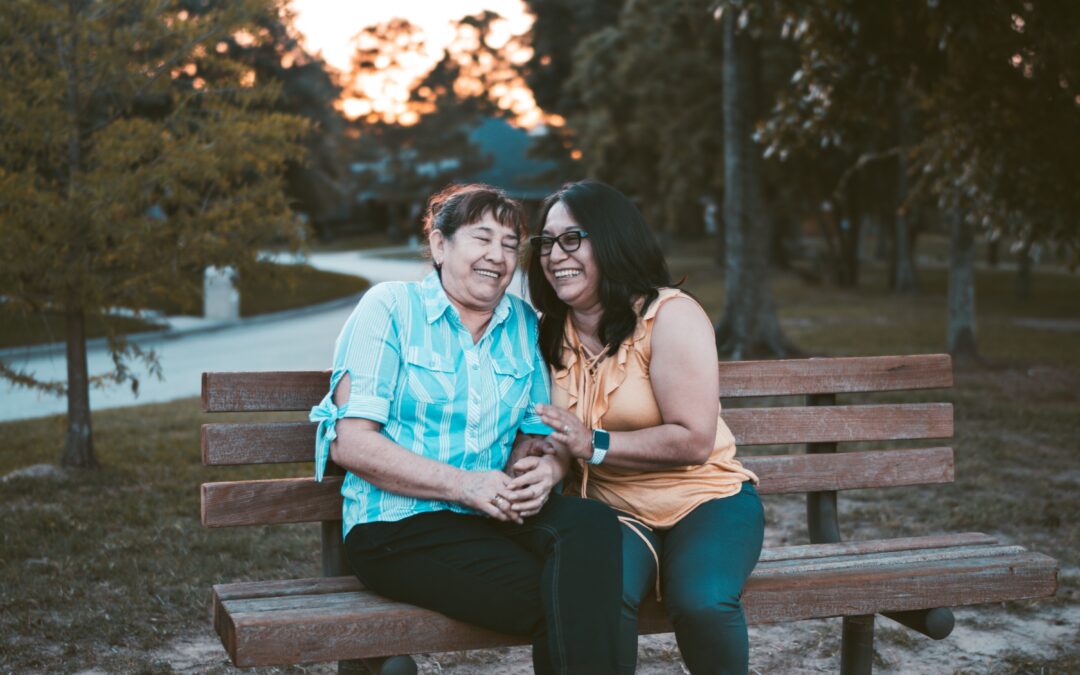Gender dysphoria is a deeply personal experience that occurs when an individual’s gender identity does not align with the sex assigned at birth. While the journey of navigating gender dysphoria is unique to each person, it is important to recognize that the challenges and experiences may vary across different ages. In this blog, we will explore gender dysphoria through the lens of various age groups, highlighting the complexities individuals face at different stages of life and the significance of support and acceptance throughout the process.
- Childhood: Exploring Identity and Self-Acceptance
For children experiencing gender dysphoria, understanding and expressing their true gender identity can be a journey of self-discovery. They may exhibit a strong and persistent identification with a gender other than their assigned sex. Early signs may include a desire to dress or present as their identified gender, or a preference for activities stereotypically associated with their identified gender. Providing a safe and nurturing environment where children can explore their identity, express themselves authentically, and access professional support is crucial in their journey towards self-acceptance.
- Adolescence: Navigating Puberty and Social Transitions
Adolescence can be a particularly challenging time for individuals with gender dysphoria. As puberty begins, physical changes may intensify feelings of discomfort and dysphoria. This stage often involves navigating the complexities of coming out to family, friends, and peers, as well as potentially pursuing medical interventions such as hormone therapy. Adolescents require understanding, support, and access to specialized healthcare professionals who can guide them through this transformative period, helping them to navigate social transitions and make informed decisions regarding their physical transition.
- Adulthood: Establishing Identity and Overcoming Challenges
Gender dysphoria in adulthood can manifest in different ways, depending on each individual’s unique circumstances. Some may have recognized their gender identity at a younger age, while others may have repressed their feelings for years. Transitioning in adulthood often involves significant life changes, such as legal name and gender marker changes, as well as potential medical interventions like gender-affirming surgeries. Supportive networks, access to healthcare professionals, and a community that affirms their identity are crucial in helping individuals overcome the challenges they may encounter and lead fulfilling lives aligned with their true selves.
- Later in Life: Exploring Gender Identity in Later Years
Gender dysphoria can also emerge or be acknowledged in later stages of life. Some individuals may have suppressed their feelings for various reasons, such as societal pressures or lack of awareness. Exploring gender identity later in life can bring unique challenges, including potential disruptions in established relationships, community, and personal identity. Compassionate support, understanding, and access to knowledgeable professionals are vital in assisting individuals on their path towards self-discovery and finding acceptance.
Gender dysphoria is a deeply personal experience that can affect individuals across all stages of life. Understanding the nuances and challenges faced by individuals at different ages is crucial in providing appropriate support and fostering acceptance. By creating inclusive environments, promoting education and awareness, and ensuring access to healthcare professionals who specialize in gender dysphoria, we can help individuals navigate their journey with compassion and respect. Embracing diversity and celebrating the unique experiences of transgender and gender-diverse individuals will foster a more inclusive society where everyone can live authentically and with dignity.



